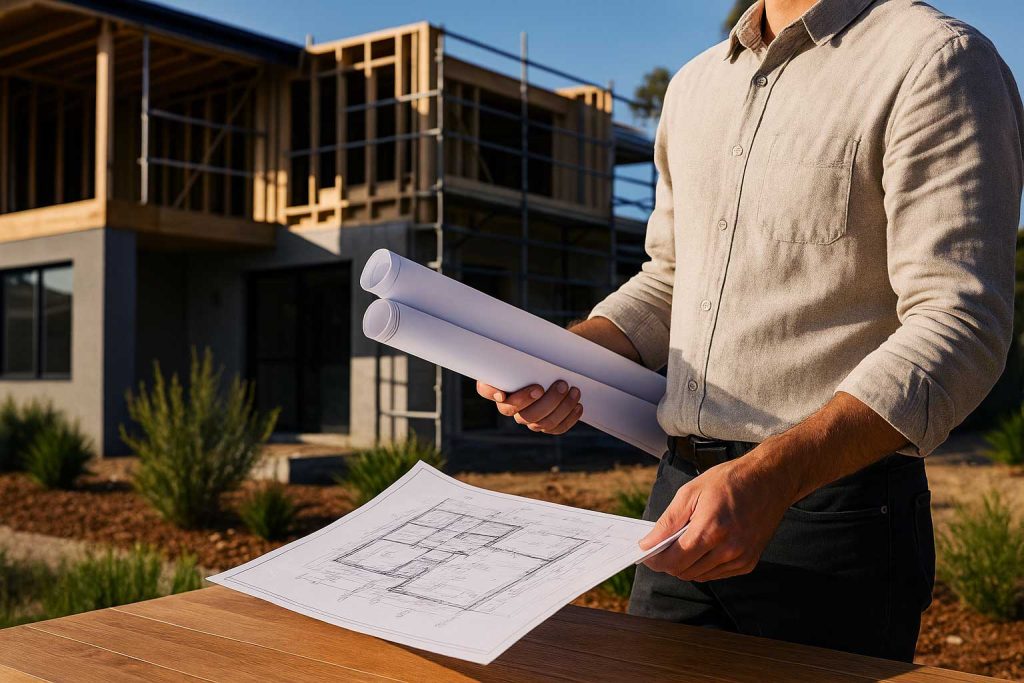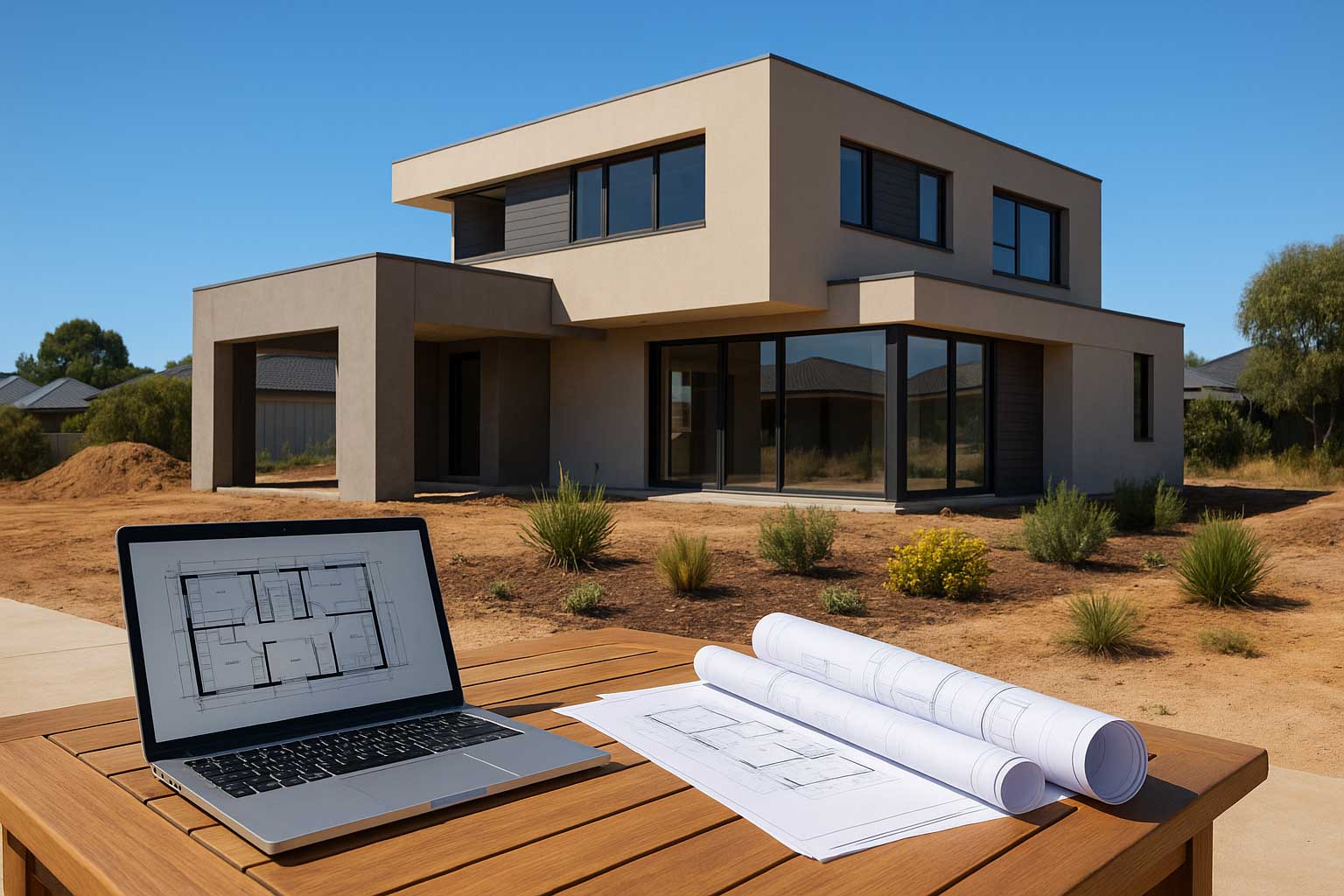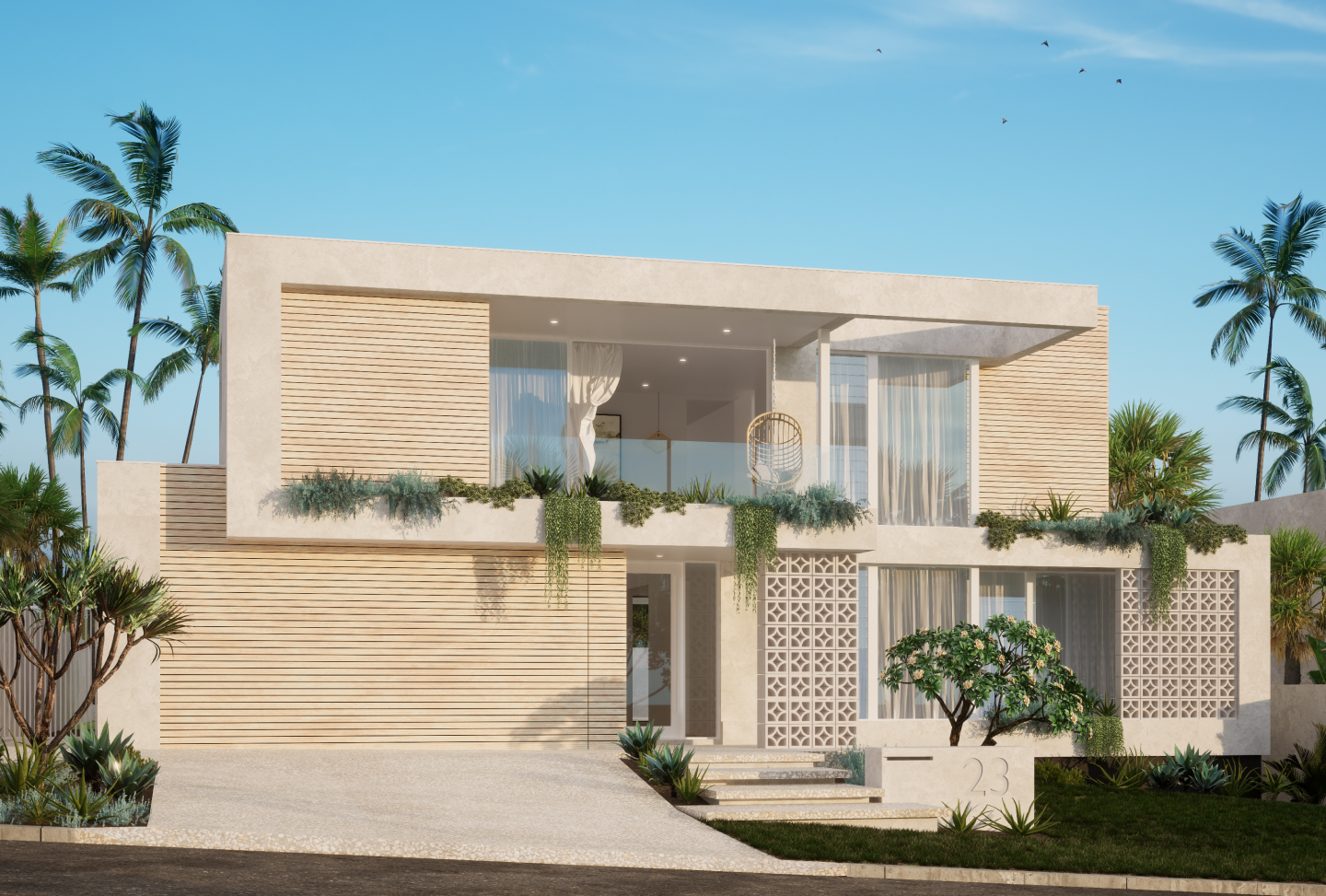Building a custom home is one of the most significant financial and emotional investments many people will make. For those who choose the custom route, the goal is not just to create a beautiful property. It is to craft a space that reflects their lifestyle, taste, and long-term needs. However, understanding the true cost of bringing that vision to life is essential, especially in a diverse and evolving market like Perth.
The cost of a custom home in Perth can vary dramatically depending on several core factors. From the condition of your land to your choice of materials, design complexity, and the intricacies of local council approvals, each decision and circumstance plays a role in shaping your final budget.
This article breaks down those cost influencers in depth to help you make informed choices, avoid hidden surprises, and ultimately plan smarter for your custom build.
Key Factors That Influence the Cost of Building a Custom Home in Perth
1. Site Conditions and Land Characteristics
The first and most immediate influence on your build cost is the land you choose. Perth’s topography, soil types, zoning rules, and block shapes vary significantly across suburbs, from sandy coastal areas like City Beach and Cottesloe to clay-heavy soils in the hills.
Soil classification and geotechnical conditions can have a major impact on construction costs. Sites with reactive clay, for example, may require deeper footings or more robust slab engineering. Sloping blocks often involve retaining walls, stepped foundations, or split-level construction, all of which add complexity and cost.
Other considerations include:
- Access to the site (tight or sloping access may increase machinery costs)
- Connection to services like mains water, electricity, sewer, and NBN
- Bushfire Attack Level (BAL) ratings which can affect construction standards and materials
- Zoning restrictions or overlays that may influence building envelopes, setbacks, or approvals
Before finalising your land purchase, it’s critical to commission a detailed site assessment and work with a builder who understands how to design for your block efficiently.
2. Size and Complexity of the Design
It’s no surprise that larger homes typically cost more. But it’s not just about square metre rates. Design complexity plays an equally important role.
Two homes of the same size can have very different construction costs depending on how they are designed. A simple, single-storey layout with a rectangular footprint is far more cost-effective to build than a multi-level home with curved walls, cantilevered sections, and vaulted ceilings.
Custom homes are often built to reflect specific lifestyle needs, which can introduce unique architectural features such as integrated garages, indoor-outdoor transitions, custom staircases, or oversized alfresco spaces. These features contribute to a better living experience, but they also require more planning, engineering, and labour.
If you’re planning a custom home in Perth, work with a designer or builder who can balance your wishlist with smart cost management strategies, delivering the lifestyle upgrades without unnecessary spend.
3. Building Materials and Finishes
Materials are a major driver of construction costs, and in a custom build, the choices are vast. From structural materials like brick, timber, or steel to the tiles, flooring, and cabinetry inside the home, every selection impacts the bottom line.
Local supply chains, overseas shipping delays, inflation, and labour shortages all continue to influence material prices in Perth. High-demand or imported finishes, such as Italian tiles or European appliances, tend to cost more, not just for the products themselves but also for lead times, handling, and installation expertise.
Furthermore, premium materials like natural stone, hardwood flooring, and feature cladding often require specialist trades to install correctly, adding further to labour costs.
Choosing materials that strike the right balance between quality, performance, availability, and cost is key. A good custom builder will be able to offer guidance on alternatives that achieve your design goals while keeping budgets realistic.
4. Custom Inclusions and Personalised Features
What sets a custom home apart is the inclusion of bespoke features, and these inclusions naturally add to the total cost.
Inclusions can range from high-end appliances and joinery to custom lighting designs, home theatres, cellar rooms, and smart home integrations. While none of these are essential to a build’s structural integrity, they do enhance the final lifestyle experience and are often worth the investment.
Some examples of commonly requested (and cost-impacting) custom inclusions in Perth include:
- Integrated home automation systems
- Designer kitchens with walk-in pantries or sculleries
- Underfloor heating or ducted reverse-cycle air conditioning
- Oversized master suites with custom wardrobes and ensuite features
- Outdoor kitchens, pools, and landscaped entertaining zones
With custom building, every feature can be tailored to your needs. However, it’s important to prioritise. A detailed specification schedule helps track inclusions and ensure clarity when quoting, preventing budget creep as the design evolves.
5. Labour Costs and Specialist Trades
Labour is another significant component of custom home building costs, and this is particularly true for Perth.
The construction industry in WA has experienced a strong pipeline of work over the last few years, which has increased demand for qualified trades. Shortages in key roles such as bricklayers, electricians, and cabinetmakers can drive up labour rates, particularly for boutique or detailed work that requires advanced skill.
Additionally, when working with bespoke materials or non-standard building methods, your builder may need to engage specialist trades or fabricators. These professionals bring the skill and precision required for custom projects, but also charge premium rates for their expertise.
Choosing a builder with an established network of reliable, high-quality trades can help manage both availability and cost. Good project scheduling and communication between trades also help reduce downtime, inefficiencies, and expensive delays.
6. Local Council Approvals and Compliance
One of the more underestimated costs in custom home building is the price, both in time and money, of securing local government approvals and navigating planning regulations.
Every council in Perth has different requirements. Depending on your design, location and zoning, your project may need development applications (DA), building permits, bushfire assessments, heritage reviews, or energy efficiency reports.
If you are building in areas with stricter planning overlays, such as Fremantle’s heritage zones or riverfront suburbs with view corridors, you may need to make additional submissions, respond to community feedback, or amend designs to satisfy conditions.
Delays in approvals can increase holding costs, impact start dates, and introduce unforeseen design changes. Working with a builder who has strong local knowledge and experience with council planning processes can streamline approvals and reduce administrative headaches.
7. Interest Rates and Financing Impacts
While not a construction input directly, the broader economic environment plays a role in how much your home will cost, especially if you are borrowing to build.
Rising interest rates increase the total cost of your mortgage over the life of the loan and can affect how much you are approved to borrow. They also increase your cashflow pressures if your build experiences delays or variations.
In some cases, banks may require staged inspections and valuations before releasing funds for progress payments. If you are building a high-end custom home, it’s important to ensure that your finance provider understands the nature of bespoke builds and can accommodate flexible drawdowns if required.
Being proactive with your broker or lender and understanding the full cost structure of your loan will protect you from last-minute surprises and ensure you stay financially comfortable during the build.
8. Build Timeline and Project Management
The longer a build takes, the more it costs. That includes direct expenses like labour and rent (if you are living elsewhere), as well as indirect costs from delays, design revisions, or site complications.
Custom homes typically take longer than standard builds because of their detailed planning, individualised inclusions, and higher quality assurance. However, an experienced custom builder can manage the timeline tightly through effective scheduling, early ordering of materials, and proactive site coordination.
In Perth, weather also plays a role, particularly during winter rains that may delay slab pours or external finishes. Factoring in seasonal planning and allowing reasonable contingencies helps keep expectations realistic.
Choosing a builder who provides regular updates, transparent milestones, and realistic timeframes is critical to maintaining confidence and budget throughout your build.
Other Things to Consider When Budgeting for a Custom Home in Perth

Design Changes and Contingencies
Even with the best planning, changes mid-project are common. Whether it is an upgraded finish or a layout tweak, variations can affect multiple trades, materials, and approvals. Allocating a contingency fund of at least 5 to 10 percent of your budget helps absorb these changes without creating stress or delays.
Pre-Construction and Consultant Costs
Before construction begins, you’ll likely need to cover early-stage expenses such as soil testing, site surveys, energy assessments, and BAL reports. These are vital for accurate quoting and approvals but are sometimes overlooked when setting expectations for initial costs.
Value Engineering and Smarter Design Choices
Not every element of a home needs to be expensive to be high-impact. By working closely with a builder who understands cost-effective solutions like smart window positioning, low-maintenance materials, or standardised joinery layouts — you can significantly reduce costs while still achieving an elegant result.
Long-Term Cost Efficiency
Some features may cost more upfront but save you money long-term. Energy-efficient appliances, solar panels, double glazing, and waterwise landscaping are examples of investments that reduce running costs over the life of your home.
Final Thoughts
Building a custom home in Perth is a rewarding process, but it is also one that demands careful planning, realistic expectations, and experienced guidance.
Understanding the factors that influence cost, from site conditions and architectural complexity to approvals, materials, and lifestyle inclusions empowers you to take greater control over your project. It helps you prioritise what truly matters and avoid unnecessary overspending or delays.
If you are planning a custom home, surround yourself with a team who can offer clarity, experience and genuine collaboration. The right builder will not only help you achieve your dream home, they will help you do it with confidence, efficiency and long-term value in mind.



